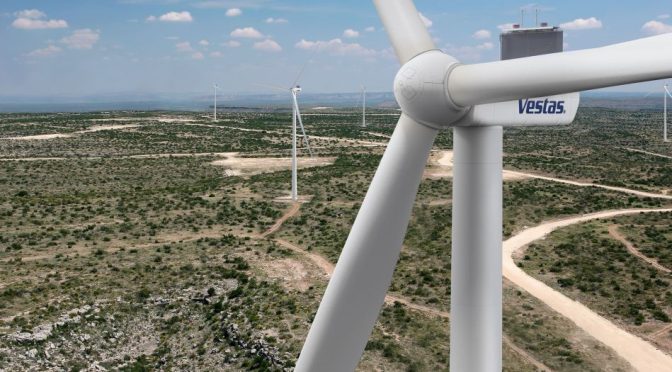The United Nations Sustainable Development Goals (SDGs) are a collection of 17 global objectives designed to address pressing social, economic, and environmental challenges facing humanity. One of the key goals is to ensure access to affordable, reliable, sustainable, and modern energy for all by 2030. Achieving this ambitious target requires innovative solutions that can harness renewable energy sources in a cost-effective and environmentally friendly manner. Solar wind energy, an emerging technology that captures the power of solar particles emitted by the sun, has the potential to play a significant role in realizing the UN’s vision for a sustainable future.
Solar wind energy is a relatively untapped source of renewable power that has the potential to revolutionize the way we generate electricity. Unlike traditional solar panels, which rely on sunlight to produce energy, solar wind technology captures the charged particles emitted by the sun, known as the solar wind. These particles, primarily composed of electrons and protons, are ejected from the sun’s outer layers at speeds of up to 500 kilometers per second. When these particles interact with Earth’s magnetic field, they create electric currents that can be harnessed to generate power.
One of the main advantages of solar wind energy is its ability to produce electricity continuously, regardless of the time of day or weather conditions. This makes it a more reliable source of renewable energy compared to solar photovoltaic (PV) panels, which are dependent on sunlight and can be affected by cloud cover and other atmospheric factors. Moreover, solar wind energy has the potential to generate power at a much higher efficiency than traditional solar PV systems, as it can capture a broader spectrum of the sun’s energy.
Harnessing solar wind energy on a large scale could significantly contribute to the UN’s goal of increasing the share of renewable energy in the global energy mix. According to a study published in the journal Nature Communications, a single solar wind power satellite could generate up to 1 terawatt of electricity, enough to power approximately 1 billion homes. This would not only help to reduce our reliance on fossil fuels but also contribute to the reduction of greenhouse gas emissions, a critical factor in mitigating climate change.
In addition to its environmental benefits, solar wind energy has the potential to promote social and economic development in line with the UN’s SDGs. By providing a reliable and affordable source of electricity, solar wind technology could help to improve living standards and reduce poverty in remote and underdeveloped regions. Access to clean energy is essential for powering schools, hospitals, and businesses, and can contribute to the creation of new jobs and opportunities in the renewable energy sector.
Despite its immense potential, the development of solar wind energy technology faces several challenges. One of the main obstacles is the high cost of building and launching satellites capable of capturing solar wind particles. Additionally, the technology required to convert the electric currents generated by solar wind into usable power is still in its infancy and requires further research and development.
Nevertheless, the potential benefits of solar wind energy make it a promising candidate for achieving the UN’s Sustainable Development Goals. As research and development in this field continue to advance, solar wind technology could become a key component of the global transition to a more sustainable and equitable energy future. By harnessing the power of the sun’s particles, we can take a significant step towards realizing the UN’s vision of a world where everyone has access to clean, affordable, and sustainable energy.


